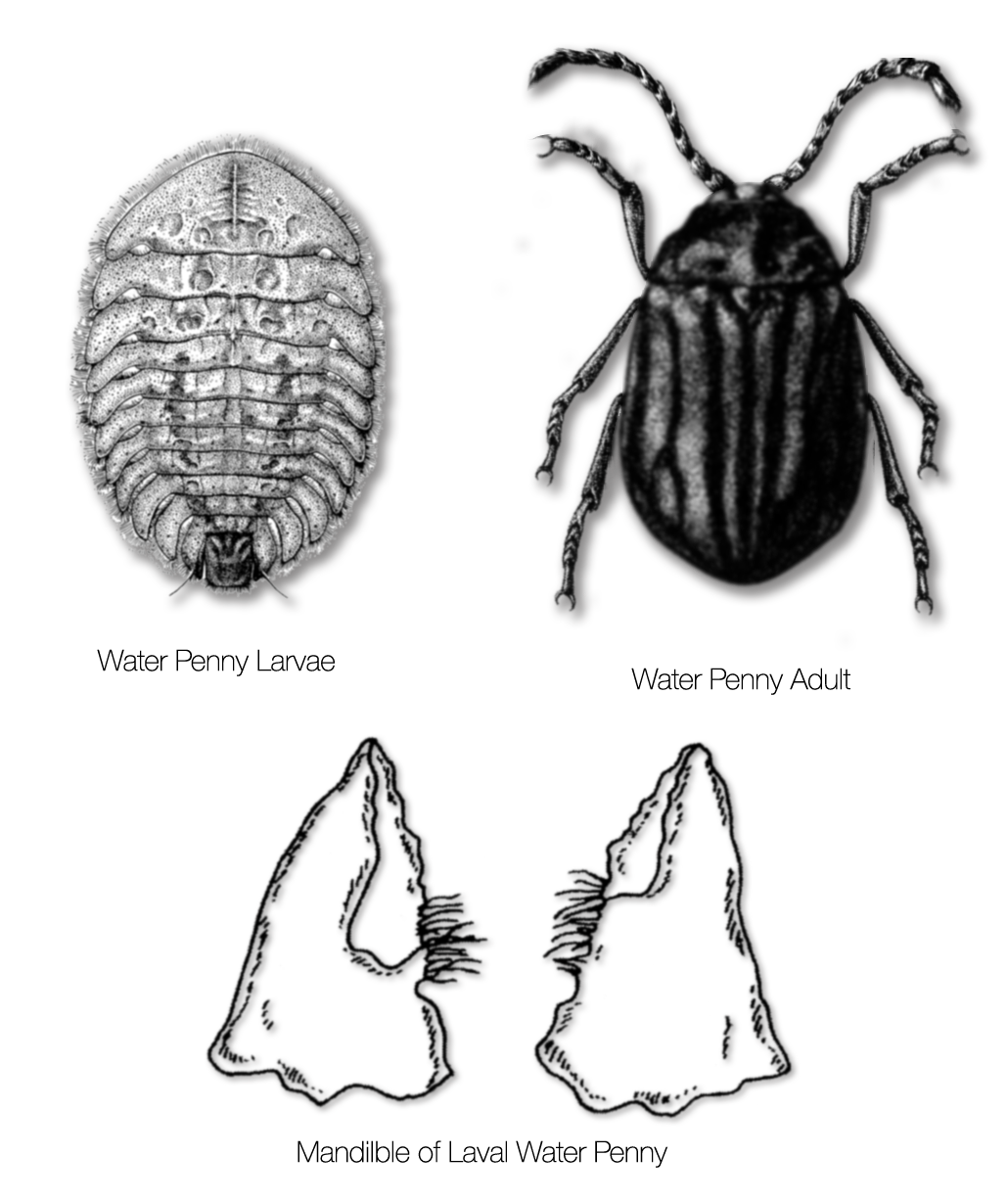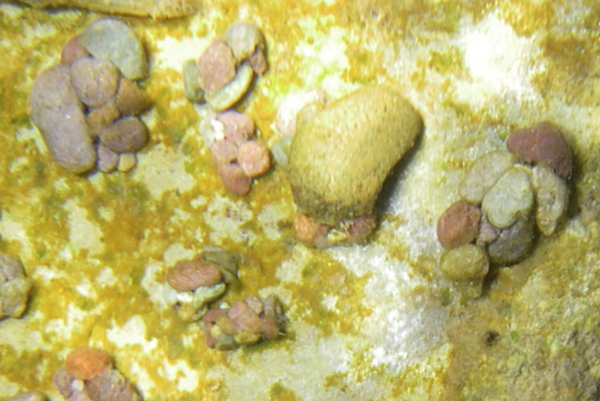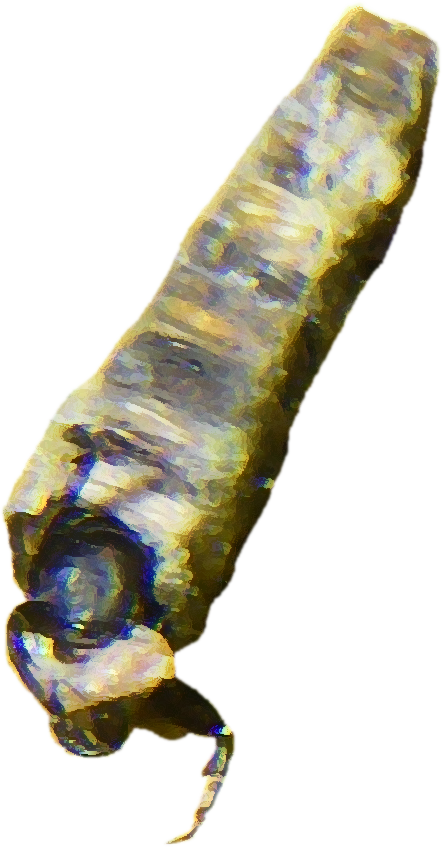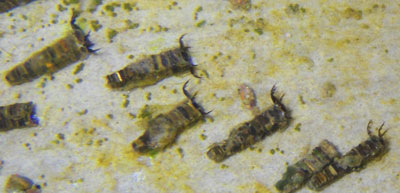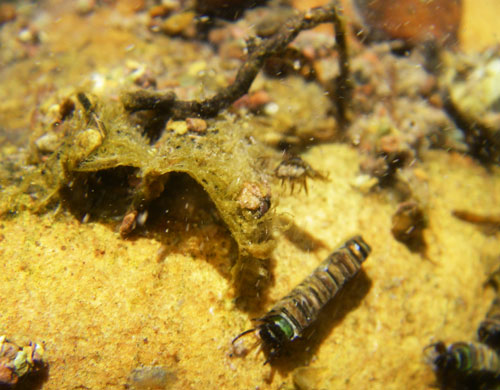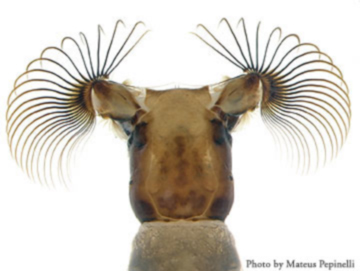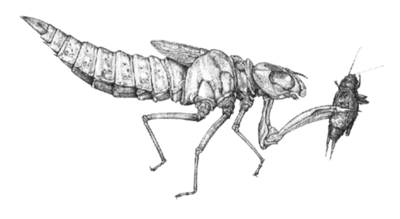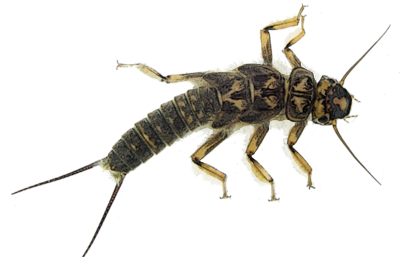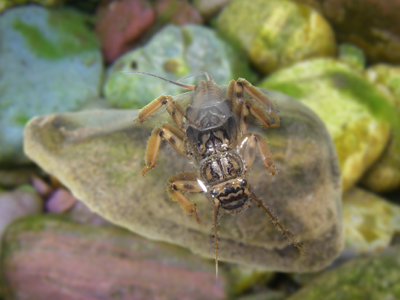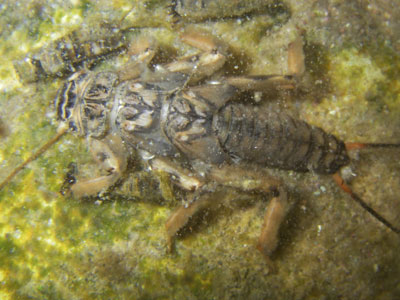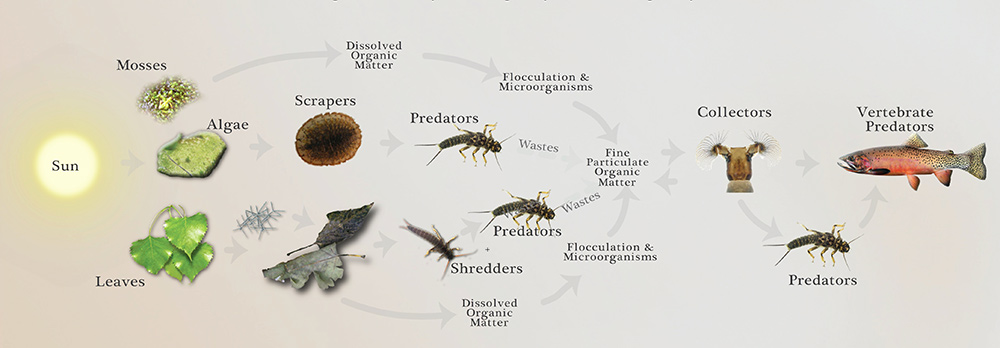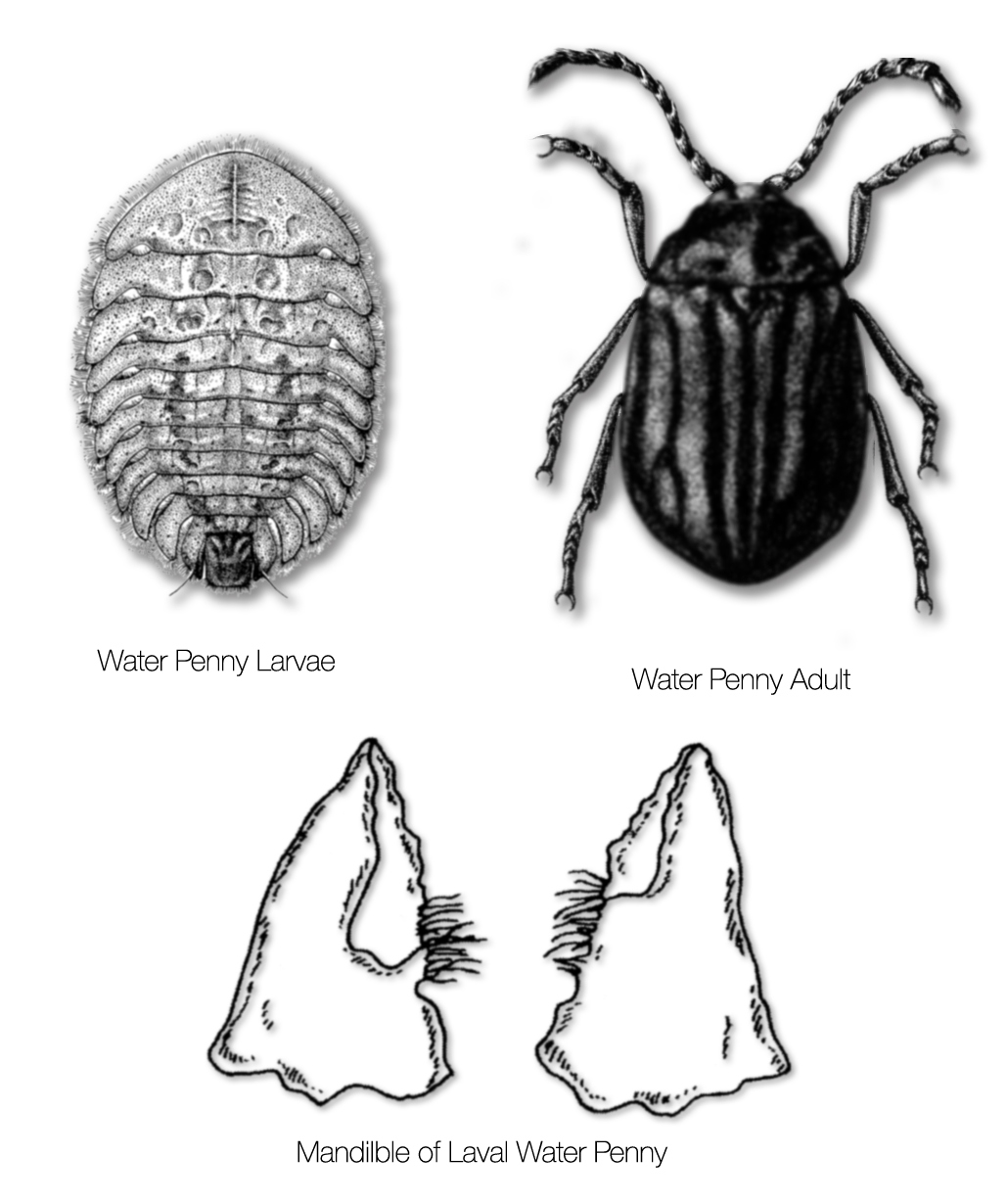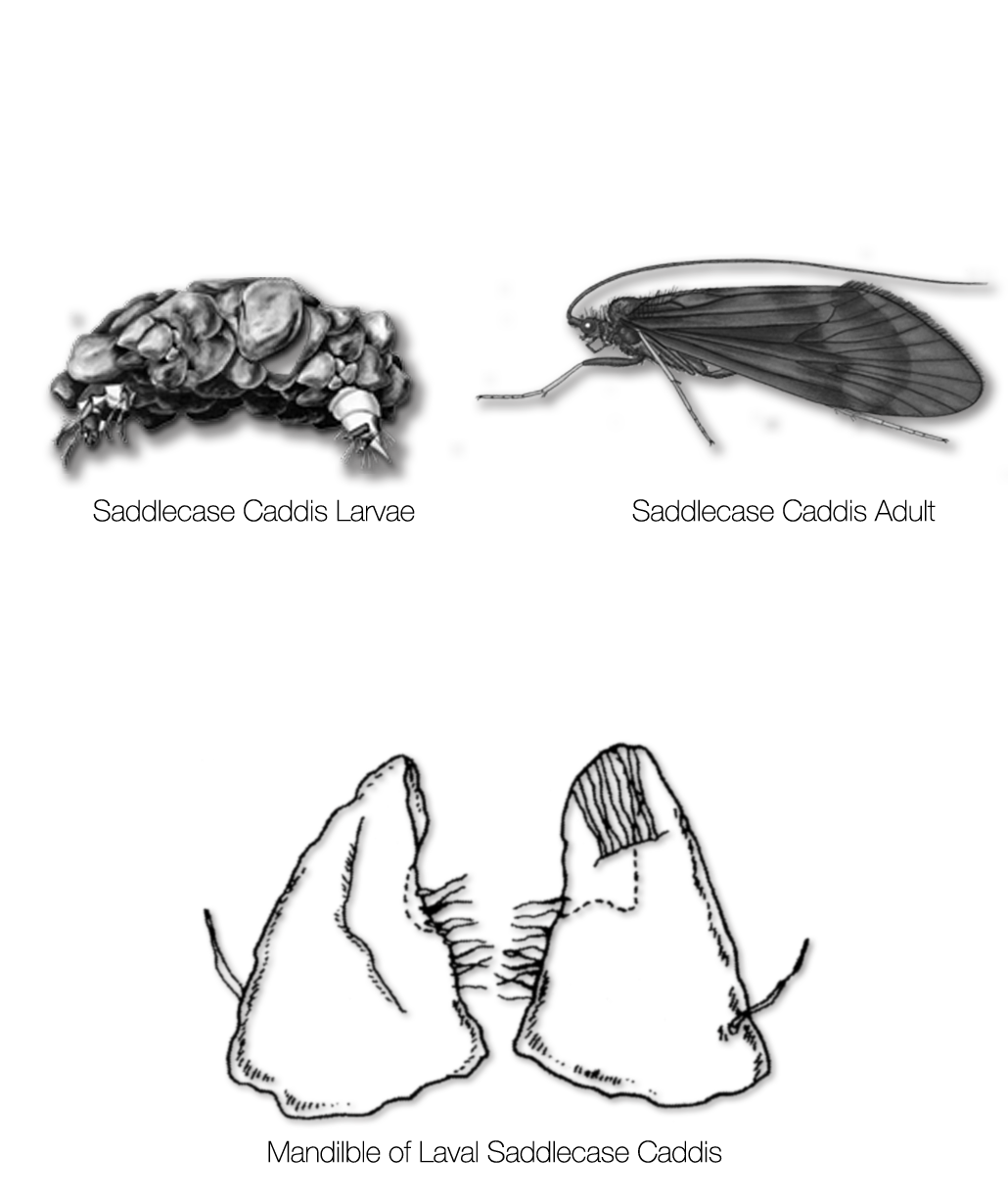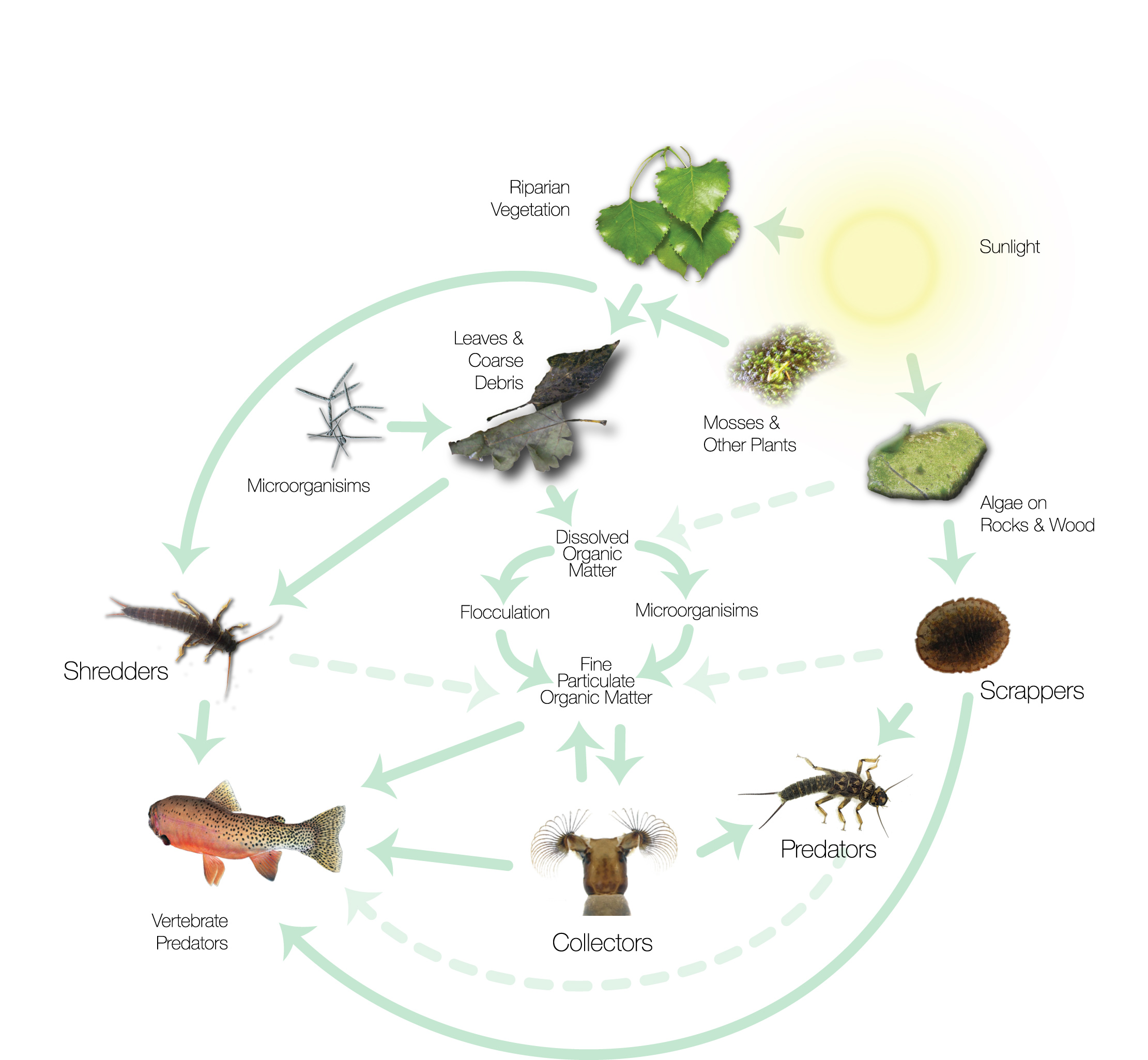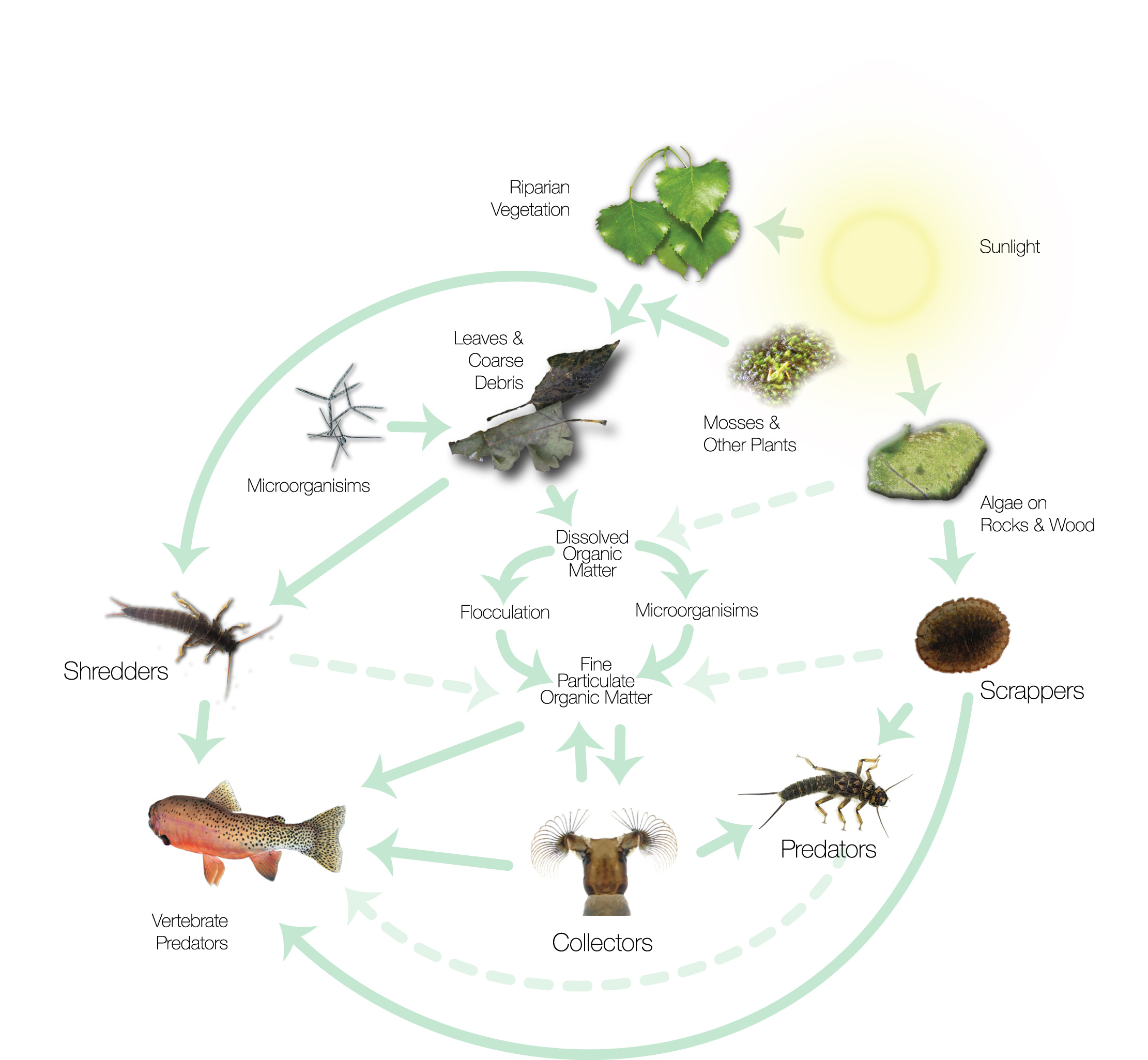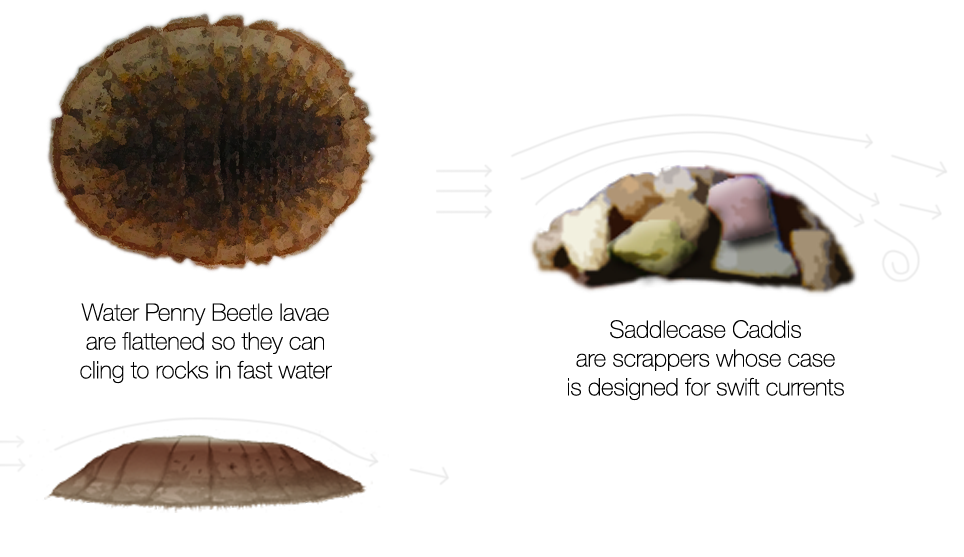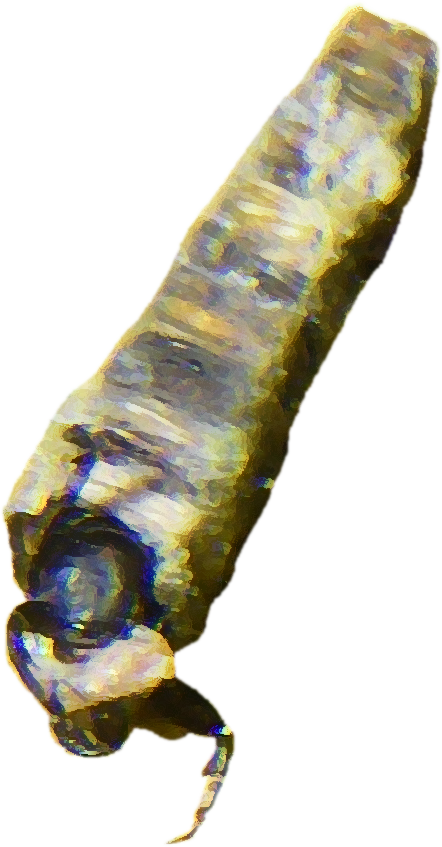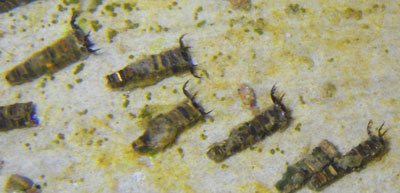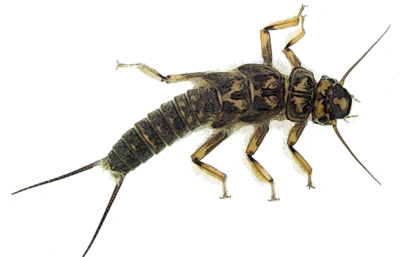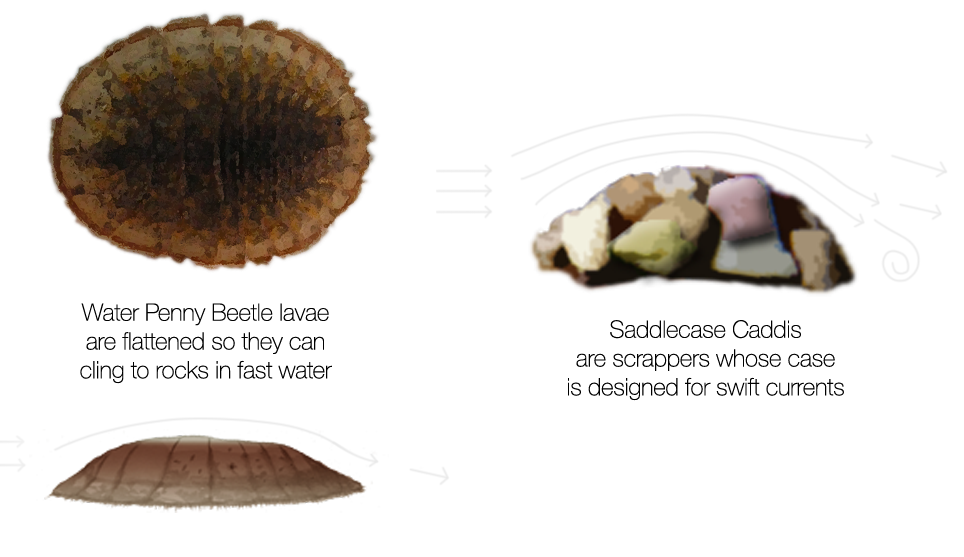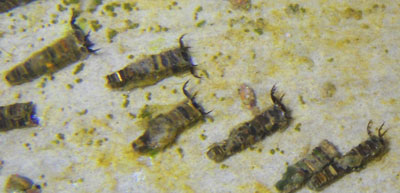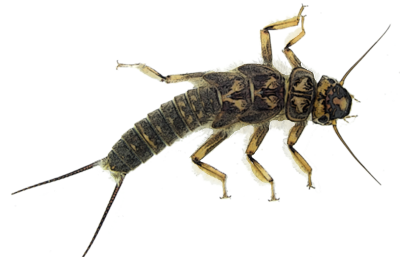Shredders
Shredders make their living by feeding on both living and decompos-ing plant tissues, which they chew, mine, or gouge with their mouth parts. Leaf fall from the forest canopy is used by shredders. So are living rooted aquatic plants and pieces of wood that fall into the stream. Unless they are eating live plants, shredders prefer leaves and wood that have been softened and pre-conditioned by fungi and bacteria and often leave only leaf veins and other finer material behind. Indeed, it is thought that shredders get nutrition primarily from the fungi and bacteria that colonize the leaf or wood surface. Certain stoneflies, craneflies, caddisflies, and aquatic sow bugs are important members of the shredder functional group.



The Shredder Foodweb
Leaves fall from the riparian area and land in the stream. Pieces of wood and mosses also fall into the stream. This material is "attacked" by microorganisms and partially decomposed. The shredders, which include certain stoneflies, craneflies, caddisflies, and aquatic sow bugs, take over, chewing the leaves, getting nutrition primarily from the fungi and bacteria growing on the leaf surface. The shredders in turn are eaten by predators while their wastes are consumed by collectors.

